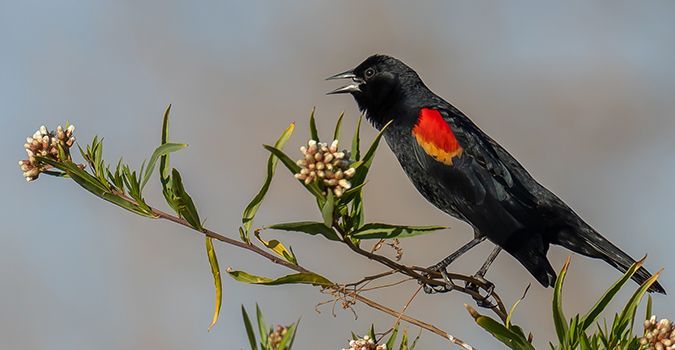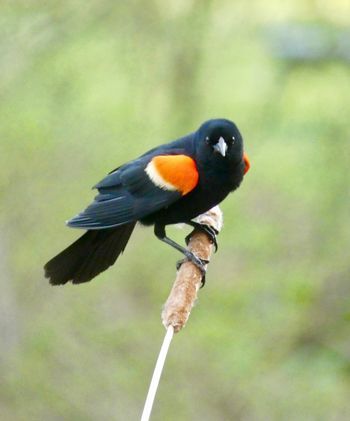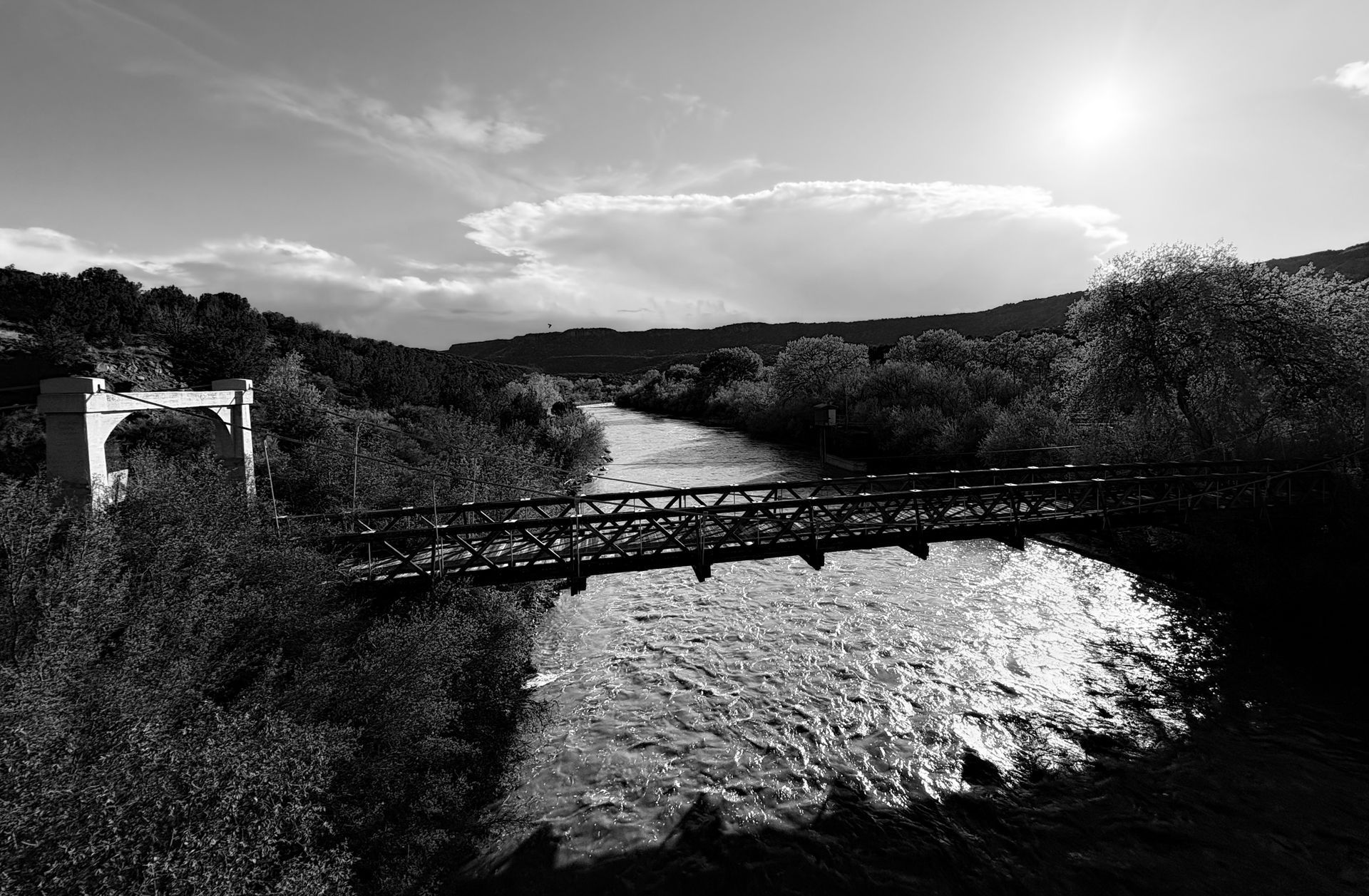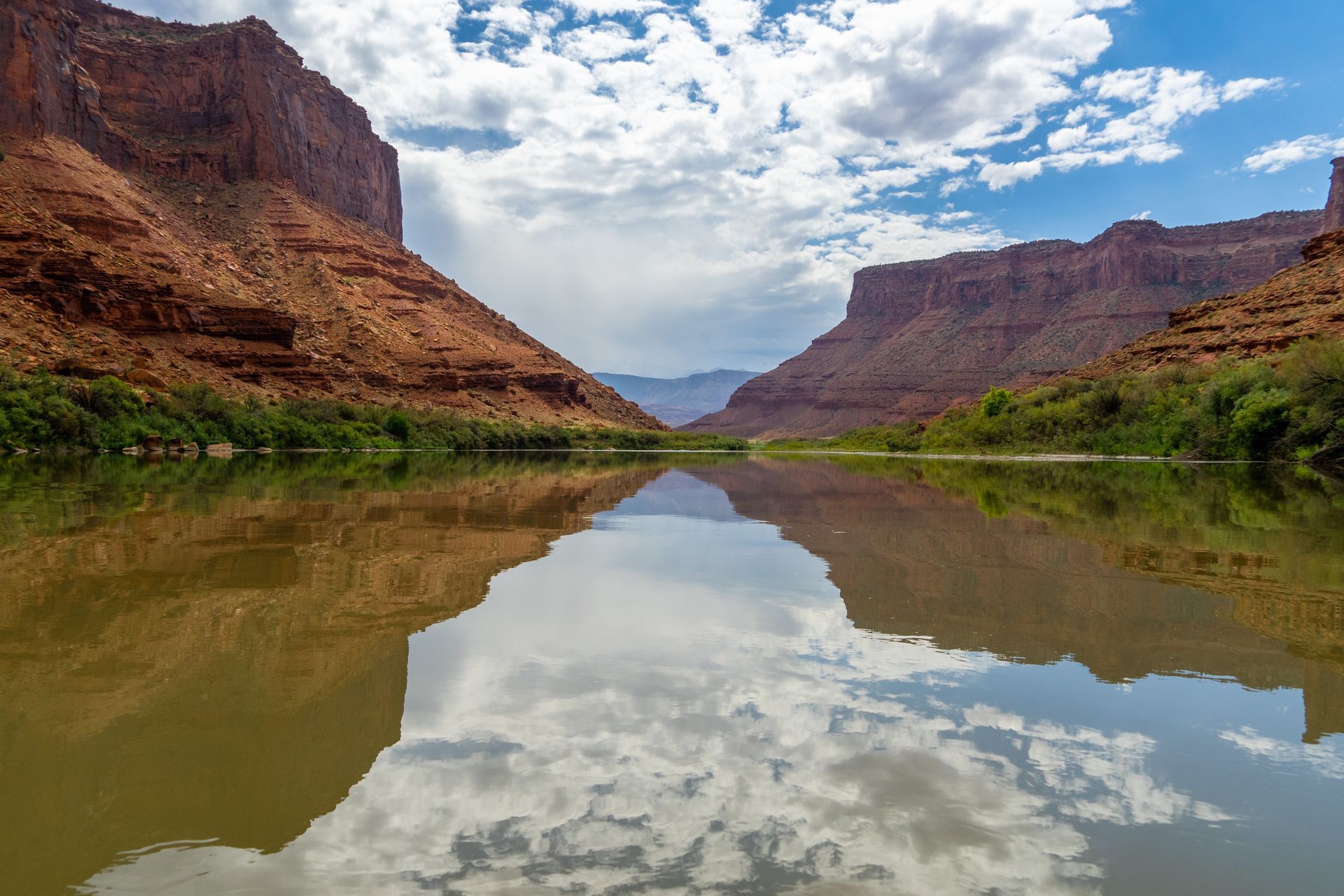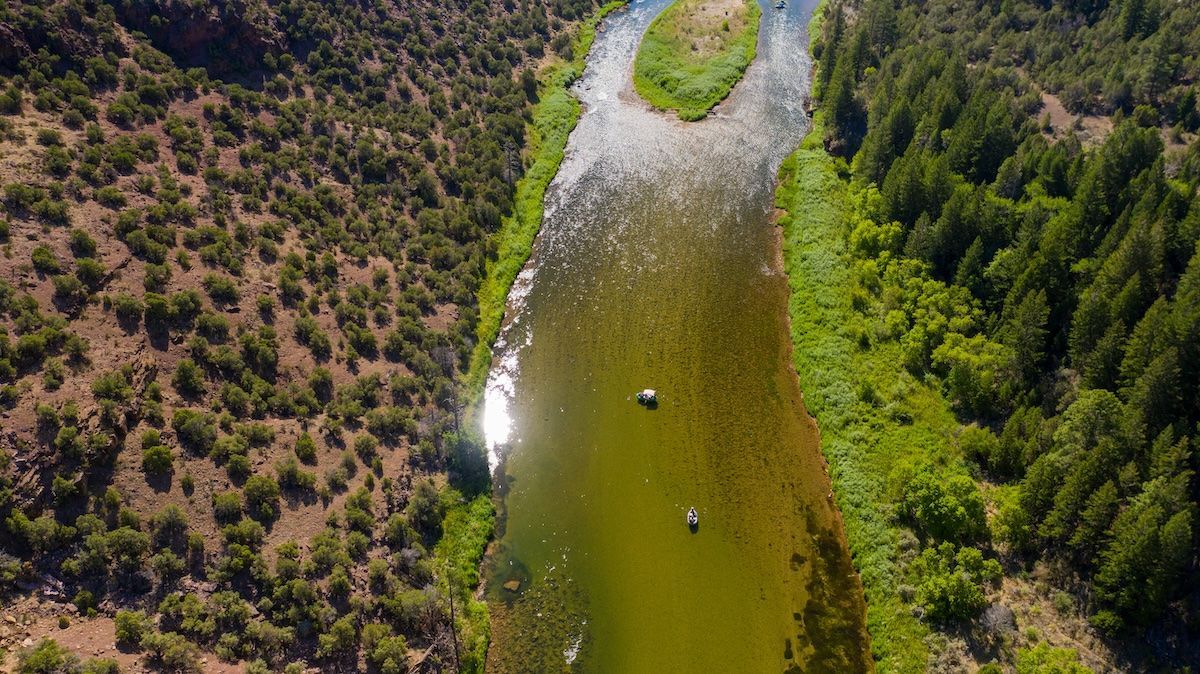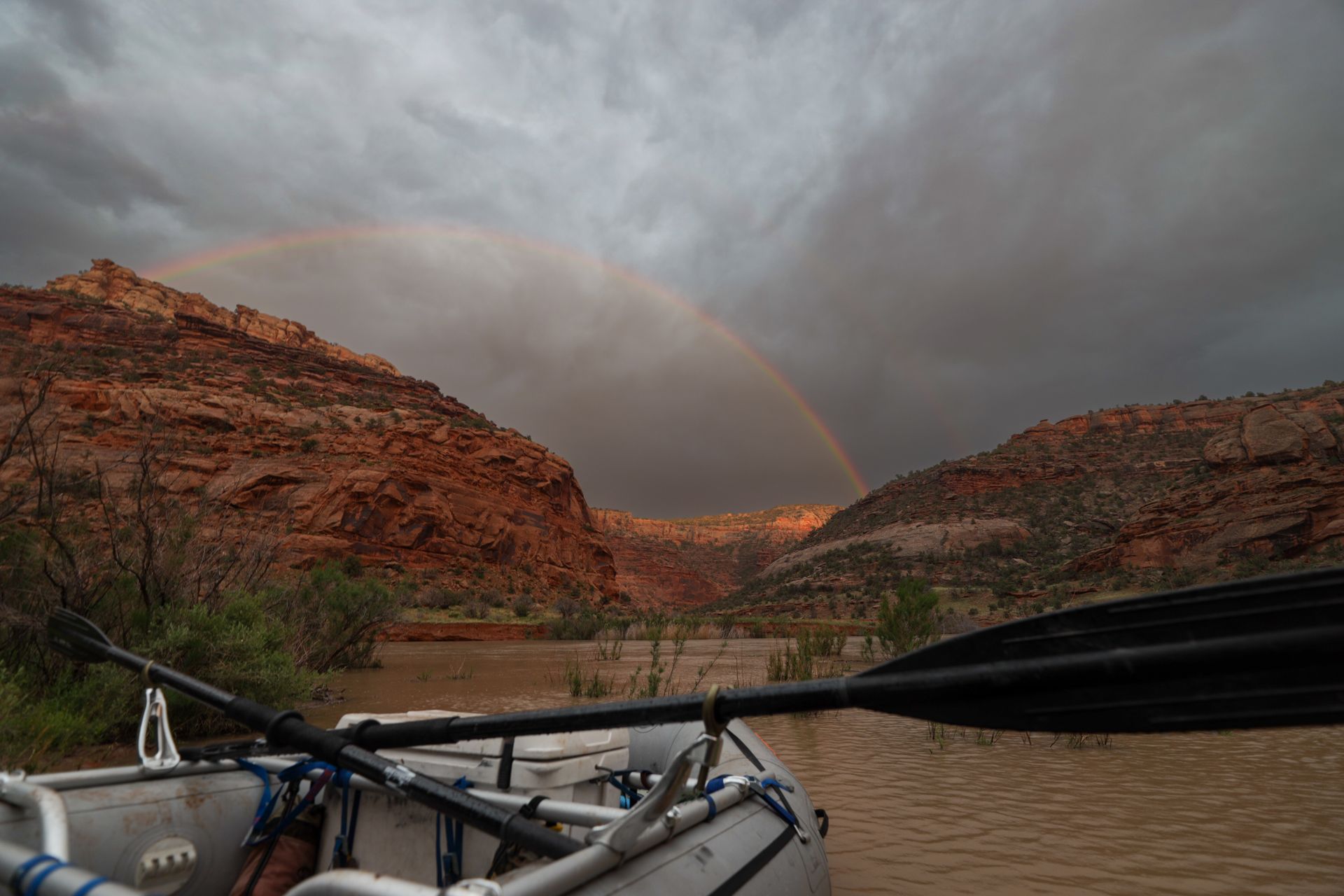Riverside Majesty is A Symbol of Luck
Riverside Majesty is A Symbol of Luck
The red-winged blackbird that strikes the hearts of many
While the American robin is often considered the classic harbinger of spring, it’s the red-winged blackbird that strikes the hearts of many this season with its distinctive call. Few birds evoke as much fascination and mystery as they do, with their glossy black plumage and vibrant red patches on their wings. But what adds to their allure is the rich tapestry of folklore that surrounds them, casting the red-winged blackbird as a symbol of protection, good luck and prosperity.
In ancient tales and legends across cultures, the red-winged blackbird plays a prominent role as a symbol of good luck and fortune. In Native American folklore, their distinctive call, reminiscent of a creaking door or rusty hinge, is believed to be messages from the spirit world, bringing joy and abundance to those who encounter them.
But why is the red-winged blackbird associated with good fortune? Some believe it’s because of its striking appearance, with its bold red patches symbolizing vitality and energy. Others attribute its lucky status to its adaptability, thriving in diverse and sometimes harsh habitats and weather conditions all over North America. For generations, Native Americans have held a deep respect for this bird due to its courageous nature in facing danger without wavering or succumbing to fear.
Furthermore, red-winged blackbirds symbolize abundance and prosperity in many cultures. Its arrival signifies the promise of a new start—farmers welcome it as a sign that their crops will flourish, while fishermen view it as a promise of plentiful catches.
In addition to their cultural importance, red-winged blackbirds are crucial to the environment. They play a vital role in preserving ecological balance by controlling insect populations and dispersing seeds. Farmers benefit from red-winged blackbirds during breeding season because these birds consume a significant number of insects.
Despite the good luck the red-winged blackbirds seem to bring, they could use a little luck themselves. These birds face various threats, including habitat loss and climate change. In just 52 years, the population has declined by 92 million. To ensure their survival, it’s crucial to protect the rivers, streams, wetlands and marshes they rely on.
So, the next time you encounter a red-winged blackbird perched along the riverside or hear its call echoing through a marshland, take a moment to appreciate the beauty and significance of this remarkable creature. Remember that beyond the realm of myth and legend, the red-winged blackbird plays a vital role in the web of life, reminding us of the interconnectedness of all living—and perhaps even spiritual—things.
As we celebrate the presence of the red-winged blackbird, let’s also come together to cherish the rivers, streams, marshes, wetlands and other bodies of water that sustain us all—flora and fauna included. For in the delicate balance of nature lies the true essence of prosperity and good fortune.
